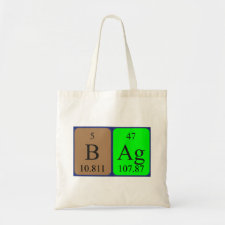
Authors: Lowdon JW, Eersels K, Rogosic R, Boonen T, Heidt B, DiliŽn H, Van Grinsven B, Cleij TJ
Article Title: Surface grafted molecularly imprinted polymeric receptor layers for thermal detection of the New Psychoactive substance 2-methoxphenidine.
Publication date: 2019
Journal: Sensors and Actuators A: Physical
Volume: 295
Page numbers: 586-595.
DOI: 10.1016/j.sna.2019.06.029
Alternative URL: https://www.sciencedirect.com/science/article/pii/S0924424719302237
Abstract: The use of Molecularly Imprinted Polymers (MIPs) as recognition elements in biosensing devices has increased over the past decade, with MIP-based receptor layers being combined with impedance, quartz crystal microbalance (QCM) and thermal readout methods such as the so-called "Heat-Transfer Method" (HTM). One of the main challenges in MIP-based biosensing is the production of uniformly covered, reproducible sensing layers. The potential of direct surface grafting of molecularly imprinted polymeric receptor layers (MIP-RL) to aluminum substrates was investigated in this work, offering an alternative more elegant methodology of MIP deposition opposed to previous methods introduced. Polished aluminum plates were hydroxylated and further silylated, thereby introducing functionality to the plates allowing for direct polymer grafting to the substrate surface. Various polymer compositions were studied, identifying the optimum composition for direct surface grafting and the detection of the New Psychoactive Substance (NPS) known as 2-methoxphenidine (2-MXP). Evaluation using HTM for each grafted MIP-RL determined the imprinting effect, selectivity and sensitivity of the polymeric layers, with a direct comparison being drawn to previously optimized MIP particles that have been deposited by means of a polydimethylsiloxane (PDMS) stamp being pressed into an adhesive polyvinyl chloride (PVC) layer. The results summarized in this study highlight the reproducibility, improved limit of detection (LoD), and feasibility of directly grafting polymeric layers to substrates, offering a more reliable tool in the routine analysis of samples
Template and target information: 2-methoxphenidine, 2-MXP
Author keywords: molecularly imprinted polymer, surface grafting, Grafted receptor layers, heat-transfer method, New psychoactive substance, 2-methoxphenidine



Join the Society for Molecular Imprinting

New items RSS feed
Sign-up for e-mail updates:
Choose between receiving an occasional newsletter or more frequent e-mail alerts.
Click here to go to the sign-up page.
Is your name elemental or peptidic? Enter your name and find out by clicking either of the buttons below!
Other products you may like:
 MIPdatabase
MIPdatabase









